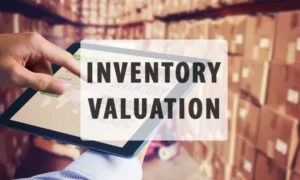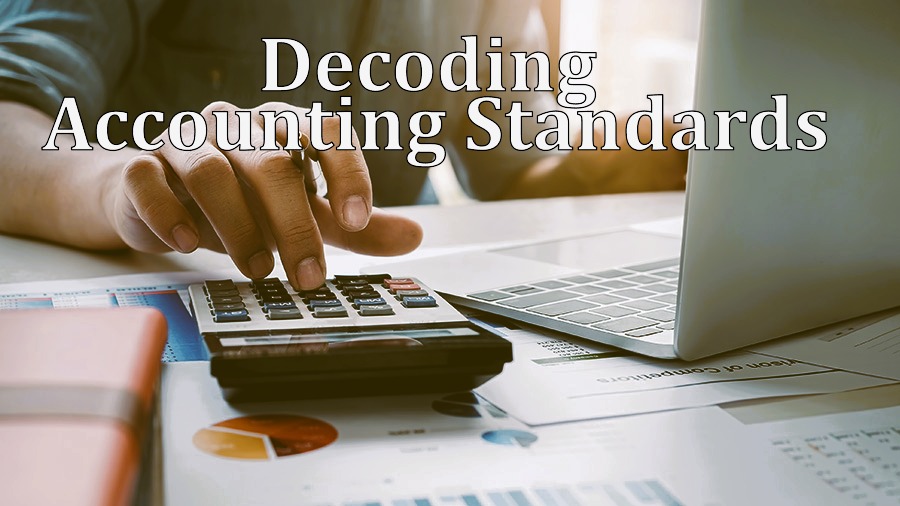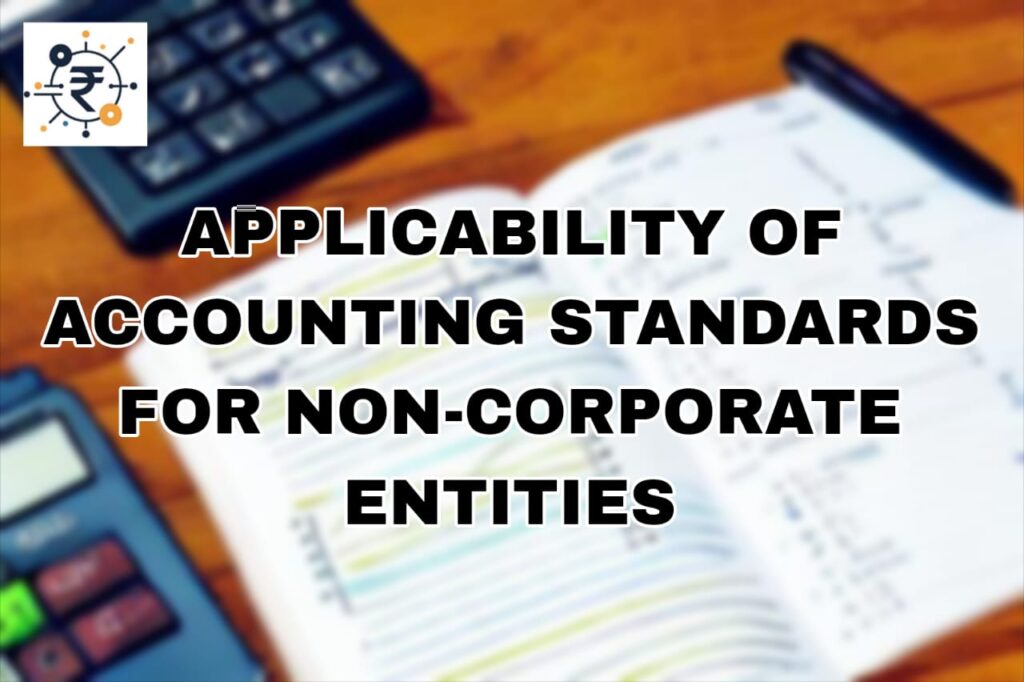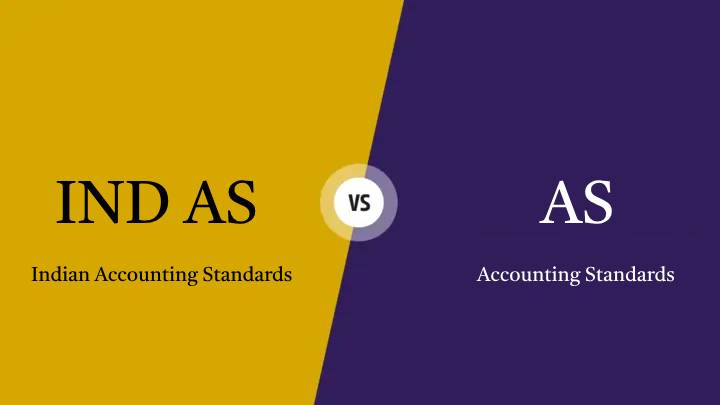Table of Contents

Introduction
Accounting Standard 2 (AS 2) provides comprehensive guidelines on the valuation of inventories, ensuring that financial statements reflect a true and fair view of an enterprise’s financial position. Proper inventory valuation is crucial as it directly impacts the cost of goods sold, gross profit, and overall financial health of a business.
Applicability
AS 2 is applicable to all enterprises for the valuation of inventories, except in the following cases:
- Work-in-Progress (WIP) in Construction Contracts: Inventories related to construction contracts, including directly related service contracts, are excluded as they are covered under a separate accounting standard.ClearTax
- WIP in Service Businesses: Inventories pertaining to service industries are not covered under AS 2.
- Financial Instruments: Shares, debentures, and other financial instruments held as stock-in-trade are excluded from the purview of AS 2.
- Inventories of Certain Commodities: Inventories such as livestock, agricultural and forest products, mineral oils, ores, and gases are excluded to the extent that they are measured at net realizable value in accordance with well-established industry practices.
Major Provisions
- Definition of Inventories: Inventories encompass assets held for sale in the ordinary course of business (finished goods), assets in the production process for such sale (work-in-progress), and materials or supplies to be consumed in the production process or in the rendering of services (raw materials and consumables).
- Valuation Principle: Inventories should be valued at the lower of cost and net realizable value (NRV). This principle ensures that inventories are not overstated in financial statements.
- Cost of Inventories: The cost of inventories includes:
- Costs of Purchase: This comprises the purchase price, import duties, taxes (excluding those subsequently recoverable), and transport and handling costs. Trade discounts, rebates, and other similar items are deducted from the purchase cost.
- Costs of Conversion: These are costs directly related to units of production, such as direct labour, and a systematic allocation of fixed and variable production overheads incurred in converting materials into finished goods. Fixed overheads are allocated based on normal production capacity, while variable overheads are assigned based on actual production.
- Other Costs: Any other costs incurred in bringing the inventories to their present location and condition are included. However, costs such as abnormal waste, storage (unless necessary in the production process), administrative overheads unrelated to production, and selling and distribution costs are excluded.
- Cost Formulas: For items that are not ordinarily interchangeable, specific identification of cost is used. For interchangeable items, the First-In, First-Out (FIFO) or Weighted Average Cost (WAC) formulas are applied. The Last-In, First-Out (LIFO) method is not permitted under AS 2.
- Net Realizable Value (NRV): NRV is the estimated selling price in the ordinary course of business, less estimated costs of completion and the estimated costs necessary to make the sale. Assessments of NRV are made at each balance sheet date.
Disclosure Requirements
Enterprises are required to disclose:finodha.in
- Accounting Policies: The accounting policies adopted in measuring inventories, including the cost formulae used.
- Carrying Amount: The total carrying amount of inventories and their classification, such as raw materials, work-in-progress, finished goods, stores and spares, and loose tools.
- Inventory Recognized as Expense: The amount of inventories recognized as an expense during the period.
- Write-Downs and Reversals: The amount of any write-down of inventories recognized as an expense and any reversal of such write-downs, including the circumstances that led to the reversal.ClearTax
- Inventories Pledged as Security: The carrying amount of inventories pledged as security for liabilities.
Examples
- Valuation at Lower of Cost and NRV: Suppose a company has inventory with a cost of ₹500 per unit. If the NRV is ₹450 per unit due to market conditions, the inventory should be valued at ₹450 per unit.
- Cost of Conversion Allocation: A manufacturing company incurs fixed production overheads of ₹1,00,000 and variable overheads of ₹50,000 to produce 10,000 units. The fixed overhead per unit would be allocated based on normal capacity, ensuring that each unit carries an appropriate portion of the overheads.
- FIFO Method Application: If a retailer purchases 100 units of a product at ₹10 each in January and 100 units at ₹12 each in February, and sells 150 units by March, under FIFO, the cost of goods sold would be (100 units × ₹10) + (50 units × ₹12) = ₹1,600.
Importance of AS 2
Accurate inventory valuation is vital for:
- Financial Accuracy: Ensuring that the financial statements reflect the true financial position of the enterprise.
- Profit Measurement: Correctly determining the cost of goods sold and, consequently, the gross profit.
- Decision Making: Providing reliable information for management to make informed decisions regarding production, pricing, and purchasing.
- Compliance: Adhering to statutory requirements and maintaining consistency in financial reporting.
Conclusion
Accounting Standard 2 lays down essential guidelines for inventory valuation, ensuring that inventories are represented fairly in financial statements. By valuing inventories at the lower of cost and net realizable value, and by consistently applying appropriate cost formulas, enterprises can maintain transparency and reliability in their financial reporting.
For More information of the Accounting Standard and to access the bare text of the standard visit ICAI’s official website.






